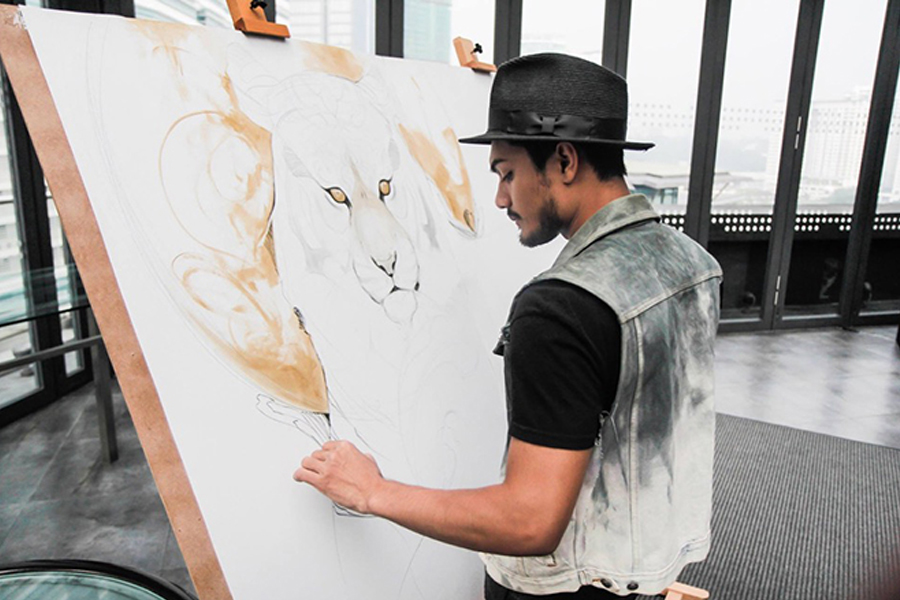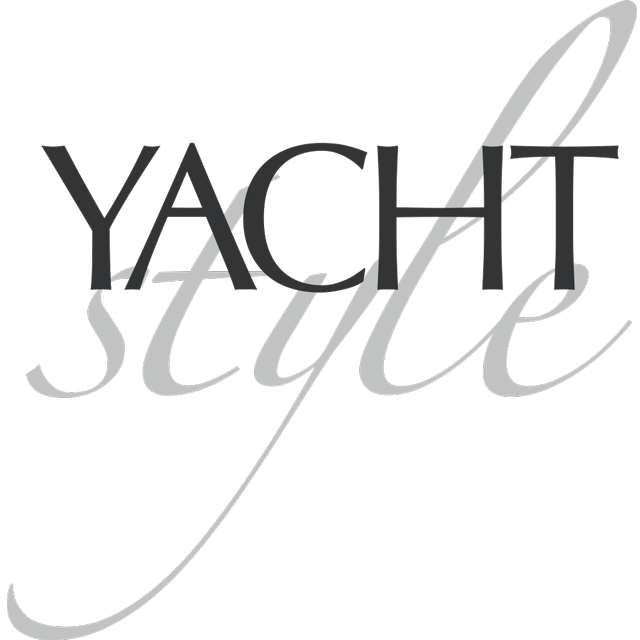
Lifestyle
Agus Saputra’s Paintings are Historical Documentations as They are Modern Interpretations of Traditions
December 04, 2020

Lifestyle
Tunku Khalsom’s Highly Emotive and Artistic Creations Stem From An Appreciation For Life and Joy
November 04, 2020


 alt="Inside the Mind of Mojoko"/>
alt="Inside the Mind of Mojoko"/>













 alt="Absolute signatures feature on 52 Fly"/>
alt="Absolute signatures feature on 52 Fly"/>
 alt="Fraser Asia, Ferretti Group APAC sell Custom Line Navetta 30"/>
alt="Fraser Asia, Ferretti Group APAC sell Custom Line Navetta 30"/>





